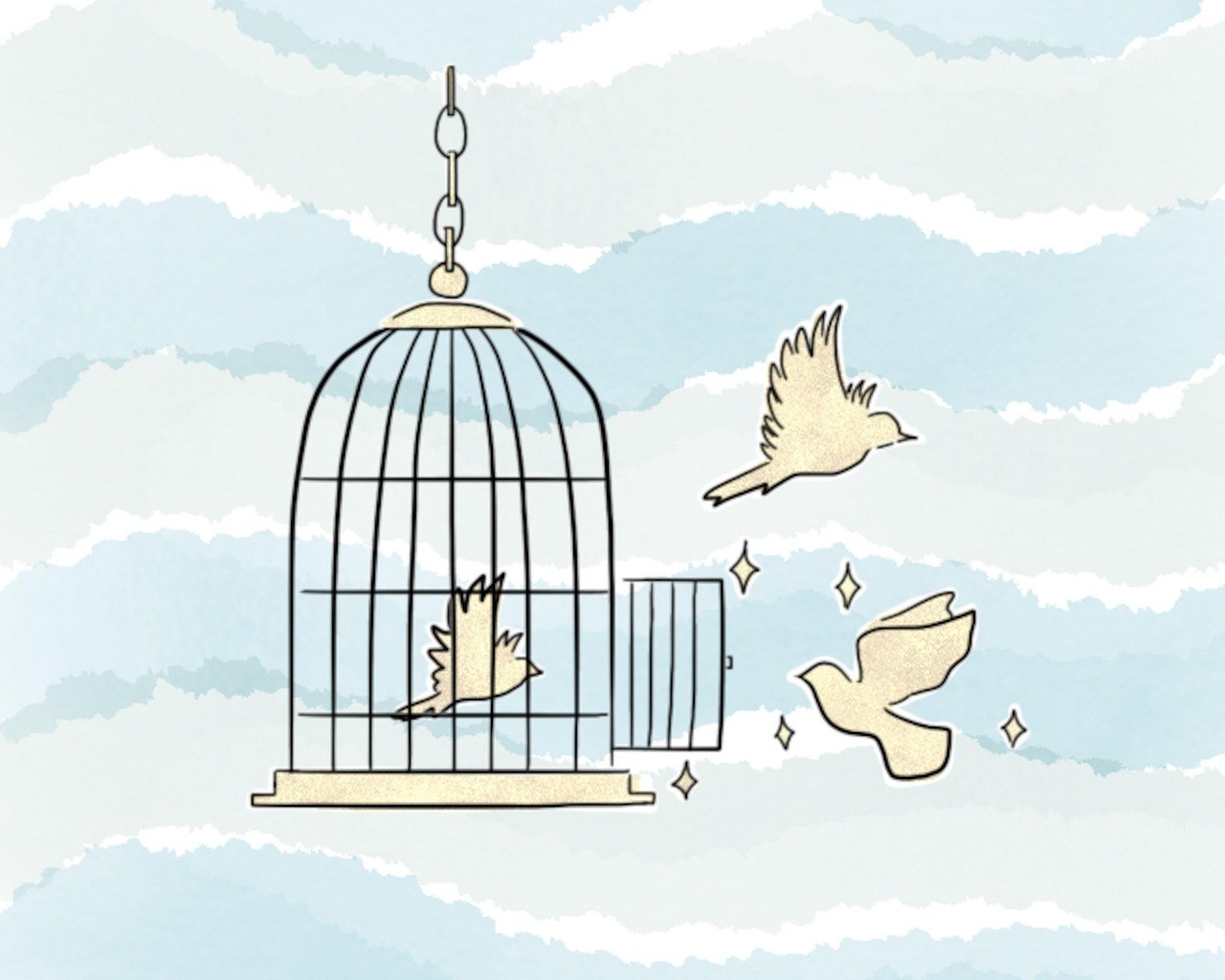Sex is a conversation that doesn’t rely on sentences – bodies respond, breath quickens, hands move, and sound completes the message. Many of us have been taught to expect an expressive soundtrack from women, while men often fade into near silence. That silence can be confusing when you crave audible feedback, and it can also hide just how much pleasure he feels. This guide explores why some men stay quiet, how to recognize subtler cues, and how to invite more sound with warmth and respect. Along the way we will demystify male moaning – what it can mean, why it matters to some couples, and what to try if both of you want to hear more.
Why voice matters in intimate moments
Not everyone needs noise to feel connected, and silence is not a problem on its own. Yet sound can do powerful things during sex. When a partner makes noise, it reassures you that something feels good, offers real-time feedback that guides your touch, and helps both of you stay present. male moaning in particular carries information that a quiet face might not reveal – tension, release, surprise, appreciation – all wrapped into an involuntary vocal slip or a deliberate murmur. If sound is part of your erotic language, cultivating it can deepen closeness without forcing anyone to act a part.
Benefits of encouraging his voice
Amplified arousal for both partners. Hearing pleasure can be intensely erotic, like a sonic green light. male moaning can escalate momentum the way eye contact can – it builds a loop of stimulation and response.

Instant feedback. When he vocalizes, you know what to keep doing, what to alter, and when to slow down. male moaning becomes a compass for rhythm and pressure without stopping to ask mid-flow.
Greater embodiment. Sound helps a person stay in their body instead of drifting into performance thoughts. Many people find that male moaning naturally appears as they relax and stop micromanaging their reactions.
Emotional openness. Some men have been taught to minimize visible vulnerability. Letting go vocally can feel like dropping armor. male moaning becomes a way of saying “I trust you” without words.

Pathways to climax. Breath, sound, and pelvic movement are linked. For some people, letting sound out reduces tension in the throat and jaw – and that relaxation can ripple downward. Gentle male moaning may loosen the brakes that delay release or keep pleasure muted.
Why some men stay quiet
There isn’t a single scientific rule that dictates how a man “should” sound. People differ, and culture shapes what we think is acceptable. The reasons below are common themes, often overlapping. Understanding them helps you respond with empathy rather than pressure – which makes male moaning more likely, not less.
Focused concentration. Some men try to manage timing by concentrating intensely. That mental effort can shut down voice. If he’s steering his arousal carefully, male moaning might feel like it will push him over the edge too soon.

Self-consciousness about sound. Worrying “Do I sound weird?” can clamp the throat. If past partners mocked or imitated him, he’s even more likely to go quiet. Encouragement and a nonjudgmental tone help male moaning feel safe.
Ideas about masculinity. Some men absorb the myth that deep grunts are okay but open pleasure sounds signal weakness. Reframing voice as confidence – not concession – clears space for male moaning to emerge naturally.
Inexperience with vocal expression. If he has rarely been loud in private, he may not know how to begin. Like any skill, male moaning can start small and grow with practice and positive reinforcement.
Overthinking reception. A man might fear that his natural sounds will turn you off. Clarifying that you enjoy it gives permission. Knowing you’re genuinely into male moaning reduces second-guessing.
Social and media cues. Mainstream porn often mutes male pleasure into minimal lines or aggressive chatter. Those templates rarely model relaxed, responsive male moaning , so many men have never seen it normalized.
Neutral preference. Some people simply don’t respond to sound. If he’s not wired for it, male moaning may never feel natural – and that’s valid. Pleasure can be loud, quiet, or in between.
Nervous system differences. People regulate arousal in unique ways. Some soothe themselves by breathing steadily and staying quiet. In that case, soft forms of male moaning might appear only at peak moments.
Reading the quieter signals
Before trying to invite new sounds, notice what you already have. Many men “moan” in subtle ways that don’t resemble the classic drawn-out vowel. These cues are meaningful and often easy to miss. Recognizing them can transform how you interpret silence and can redefine male moaning as a spectrum rather than a single sound.
Breathy sighs. A long, feather-light exhale after a particularly good stroke is a whisper of yes. Think of this as minimalist male moaning – quiet but honest.
Sharp inhales. A quick sip of air signals a crest of sensation. It’s a small spike that marks a sweet spot, a stealth version of male moaning .
Voice shift. When he says “right there” and his voice drops or grows husky, that’s emotion leaking through the muscular control. It counts as male moaning even if it sits inside a sentence.
Drawn-out exhales. Slow release of breath can say “I’m holding on.” It often arrives during edging, a cousin to male moaning that shows restraint and heat together.
Low grunts or hums. These aren’t the caricatured sounds of dominance; they’re rhythmic, almost musical. Many men default to this form of male moaning because it feels grounded and private.
Affirming words. A quiet “yeah” or an unfiltered swear can be a verbal flare of delight – spontaneous male moaning disguised as language.
How to invite more sound without pressure
Invitation, not expectation, is the secret. Your goal is to make voice feel easy, not demanded. Partnered sex is a duet – if you create safety and offer simple ways to play, he may surprise you. The suggestions below work best when paired with patience, humor, and curiosity. Keep circling back to consent and comfort so that male moaning grows from authenticity.
Start with an honest conversation. Choose a neutral moment – a walk, the sofa, after dinner – and say what you enjoy about sound. Be specific: “Hearing you breathe harder turns me on.” Asking “Would you be open to experimenting?” sets a collaborative tone. Naming male moaning directly can even feel flirtatious.
Normalize experimentation. Frame this as play, not a test. If something feels awkward, you can both laugh and keep going. When trying new patterns, positive reinforcement is gold – “That little hum right there? That’s so hot.” Linking praise to male moaning helps it stick.
Create privacy and comfort. Draw curtains, lock doors, and reduce the chance of eavesdroppers. Soft lighting and music mask self-consciousness and make breathy male moaning easier to let out.
Use baby steps. Ask for tiny, doable experiments: “When I squeeze here, let a little sound ride your exhale.” A small sigh becomes a soft moan over time. Gradual exposure turns tentative noises into familiar male moaning .
Blend words with sound. Invite him to talk dirty in ways that feel genuine – “Tell me what you like.” As his voice warms up, suggest he let the words melt into a murmur. This hybrid approach slides naturally into male moaning .
Dial up pleasurable sensations. When stimulation is tuned to his preferences, sound follows. Explore touch, pace, and pressure; switch positions that change angle and depth; bring hands, mouths, or toys into the scene. Heightened pleasure often pushes out unplanned male moaning as arousal climbs.
Model what you want to hear. Your own voice is an invitation. If you sigh and moan freely, you implicitly say, “This is welcome here.” Mirroring is powerful – his body may respond with its version of male moaning without a single instruction.
Time your requests well. Mid-thrust is not ideal for pedagogy. Ask for sound during foreplay or a pause: “When it feels good, let me hear it.” Placing the cue early plants the seed for male moaning to appear later.
Protect aftercare. Teasing can slam the door on vulnerability. After, say “I loved hearing you.” Simple appreciation tells his nervous system that male moaning is safe and valued.
Techniques that naturally encourage sound
Beyond conversation, technique matters. Sensation is the raw material of voice. When pleasure deepens and varies, the throat often opens. Think of these ideas as gentle prompts that make male moaning more probable.
Breath coaching. Invite him to breathe through the mouth and let the exhale drift audible. You can sync your breathing so the room has a shared rhythm. This musical exhale often becomes soft male moaning without effort.
Edge and release. Build up, pause, stroke elsewhere, and return. The contrast between restraint and reward produces involuntary noise. During the return, whisper, “Let it out.” That cue channels the wave into male moaning .
Directional praise. Murmur into his ear what you notice: “Your body feels amazing like this.” Your warm tone is a scaffold. People tend to echo what they hear – your soft tone begets his soft male moaning .
Position shifts. Some positions compress the chest, making sound harder; others free the diaphragm. Try options that allow his torso to expand and his throat to relax. More air means easier male moaning .
Hands and pressure. Pressure on the hips, chest, or shoulders can ground sensation. When the body feels held, the voice often follows. That grounded feeling supports deeper, steadier male moaning .
Keeping consent and individuality at the center
One person’s bliss is another’s boundary. The goal is not to script a performance but to enrich your shared erotic language. If he tries and still prefers quiet, honor that. Authenticity sustains intimacy; forcing sound corrodes it. A couple can flourish even if male moaning remains rare – body language, eye contact, and breath still communicate volumes.
Reframing expectation: sound as a spectrum
It helps to think of voice as a palette. On one end you have full-throated cries; on the other, near silence with subtle breath. Most people live somewhere between. Treat every noise you discover as part of your couple’s dialect. When you reframe male moaning as just one color among many – alongside touch, tempo, and gaze – you remove the pressure to achieve one “right” soundtrack.
Common pitfalls and how to avoid them
Turning it into a metric. Counting the number of noises per session will drain the fun. Instead of chasing more male moaning , chase honest expression – whatever shape it takes that night.
Imitating stereotypes. Copying exaggerated scenes can feel fake. Encourage organic responses. Quiet authenticity beats loud performance when cultivating male moaning .
Ignoring context. Stress, fatigue, and environment matter. If his day was heavy or the walls are thin, expect subtler sounds. Adjust your expectations around male moaning with compassion.
Teasing afterward. Humor is healthy, mockery is not. Gentle debriefs are great – “I loved the way you sighed when I slowed down” – but avoid replaying his sounds in a cartoonish voice. Protecting dignity keeps male moaning viable next time.
Examples of subtle sound in action
Imagine three mini-scenes that highlight different routes to voice. In the first, you’re kissing slowly, and your hand finds a rhythm he loves. His jaw softens; the next exhale leaves as a soft “mmm.” You pause and whisper, “That sound – keep letting it out.” The next minute brings a slightly louder murmur. That is male moaning growing from safety and pacing.
In the second, you ask him to tell you what he wants in three words. He says, “Slower, deeper, closer.” You mirror his request; afterward he sighs into your shoulder, a long breath that quivers at the end. You answer, “I love hearing you.” Now the body associates your praise with the relief of release – tomorrow, male moaning arrives more easily.
In the third, you experiment with edging. Twice you build him near the peak and switch to kissing. On the third return, he lets a low, steady hum ride his breath, almost a purr that grows as you maintain the new tempo. That hum is unmistakable male moaning – not loud, but undeniably present.
Celebrating non-vocal pleasure
Even with all this attention to sound, remember that silence can be rich. Some men communicate through grip strength, pelvic rhythm, and eye focus. When you read these cues, you affirm his style. If male moaning never becomes a main feature, you can still craft high-trust, high-pleasure encounters by leaning into your couple-specific signals.
Building a shared erotic language
Great sex often comes down to translation. If your partner grew up with a quiet template, he may need help finding words and sounds that fit. Create a short vocabulary together: a few yes-words, a few stop-words, and a couple of suggestive phrases. Use them like stepping stones. Over time, words blur into sound as comfort rises, and male moaning surfaces not as an assignment but as a side effect of feeling seen.
When quiet is the preference
Sometimes the path leads back to stillness. If he tries and decides he truly prefers minimal noise, the compassionate move is to accept it. You can still get the feedback you crave by asking him to squeeze your hand when something feels perfect, to nudge your hip to change angle, or to tap twice for “more of that.” These tactile signals deliver the same clarity that male moaning would, just in a different channel.
Practical prompts you can use tonight
During foreplay, say, “When it feels good, breathe out through your mouth and don’t hide the sound.” This frames male moaning as a breath choice, not a performance.
When you hit a sweet spot, whisper, “Stay with that sound,” anchoring the moment. Repeating this once or twice can train gentle male moaning to reappear at similar sensations.
At a natural pause, ask, “If your body could make one noise right now, what would it be?” Playful questions sneak past self-consciousness and invite exploratory male moaning .
Afterward, offer simple gratitude: “I loved hearing you.” Reinforcing the memory helps the next session begin closer to audible male moaning .
The bigger picture: permission to be human
So much of sexual growth is permission – permission to feel, to ask, to try, to sound however you sound. When partners treat voice as part of that permission, intimacy expands. Some nights will be hushed, others full of breathy chorus, and many will live between. However it unfolds, remember the point is connection. If you hold space for each other’s real reactions – including male moaning when it comes – you’ll keep discovering new ways to listen, to speak, and to be satisfied together.